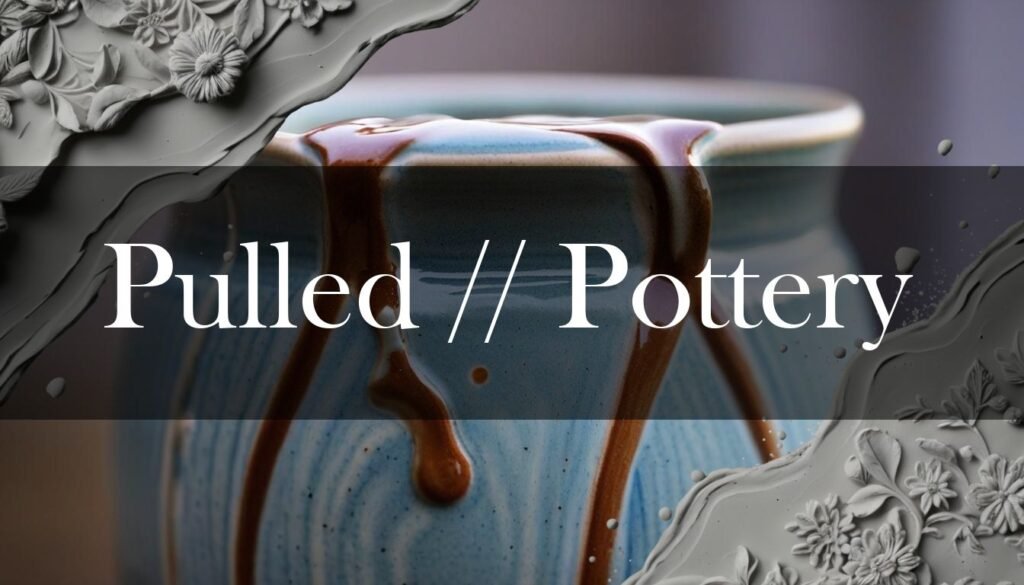Pulling handles is a time-honored pottery technique that allows you to create smooth, ergonomic handles for your mugs, cups, jugs, and teapots. It’s a skill that, once mastered, elevates both the functionality and the aesthetic appeal of your ceramic creations. The process involves shaping a simple roll of clay into a graceful extension of your piece, and though it may seem daunting at first, with practice, it becomes an intuitive part of your pottery process.
The secret to a great pulled handle starts with good clay preparation. You’ll want to wedge your clay thoroughly to eliminate any pesky air bubbles and ensure it has a consistent texture. A slightly firmer clay than you might usually use is ideal, as the pulling process itself adds moisture. Start by rolling a piece of clay into a cylinder that’s roughly the thickness you want your final handle to be. This way, you’re not overworking the clay, which minimizes the risk of breakage. Next you’ll attach one end of your clay cylinder to the pot. This is where the magic begins! With a wet hand, gently pull and smooth the clay downwards, elongating and thinning it as you go. The key is to maintain consistent moisture to prevent sticking and ensure smooth, even movements. You can learn more about clay care and mastering storage and aging for pottery to improve your process.
Once your handle has reached the desired form, let it firm up just a tad to help it hold its shape. Then comes the crucial step of attaching it securely to your piece. Scoring and slipping both the attachment points on the pot and the handle is essential for a strong bond. Press the handle firmly onto the pot, blending the joints to create a seamless transition. Remember, drying is just as important as the pulling itself. Allow the handle to dry slowly and evenly to prevent cracking. You can cover the piece with plastic to control the drying rate and ensure that the moisture content between the handle and the body of the pot remains balanced. If the handle dries too quickly, it can lead to unsightly and structurally compromising cracks. Mastering the art of pulled pottery handles is essential for creating functional and beautiful pieces.
Like any skill in pottery, pulling handles takes practice. Don’t be discouraged if your first few attempts are a little wobbly! Experiment with different shapes and sizes to discover what feels right in your hand and complements your designs. There are many fantastic resources available to guide you, such as “The Ultimate Pottery Handle Pulling Guide“, a video tutorial offering a visual demonstration that can be incredibly helpful. Many potters also use tricks to help in the drying process, such as positioning the mug upside down, so gravity supports the handle while drying. With patience and dedication, you’ll soon be crafting handles that are not only beautiful but also a joy to use, adding that perfect finishing touch to your pottery. And if you are struggling, remember that alternatives to pulling handles exist! Slab handles, coil handles, extruded handles and pinched handles are all viable options.





